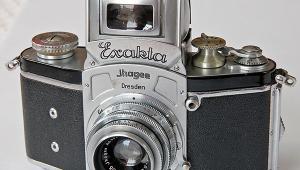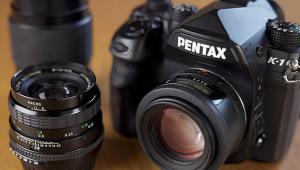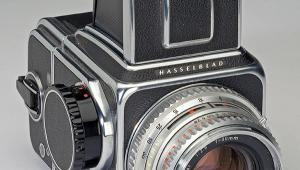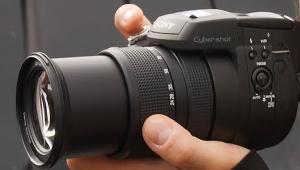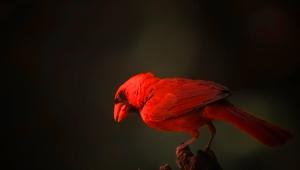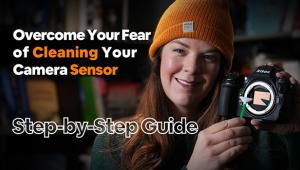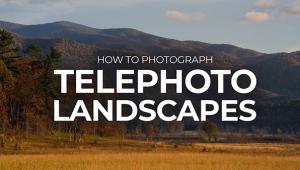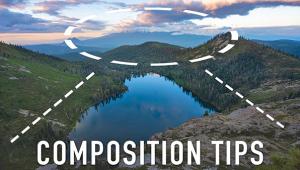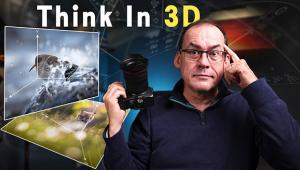Classic Cameras
Retina IIa
Bewildering numbers of folding Retinas were built in Germany at the old Nagel-Werke in Stuttgart, an early Kodak acquisition. The first Type 117 Retina I appeared in 1933, and the last folders were the IB/IIC/IIIC, made from 1957-58 to 1960. Retinettes are similar but have cheaper lenses or shutters or both. The first was the 1939 Type 147; the last folding Retinette, the Type 017 (1952-54) with an f/4.5 Schneider Xenar in a Prontor SV, is an excellent camera in its own right. Later rigid-bodied Retinas and Retinettes are less attractive, and often less well specified. |
|||
Fit And Finish Lens Quality Shutter Specs Film Loading And Handling Focus Control What To Pay? |
- Log in or register to post comments



